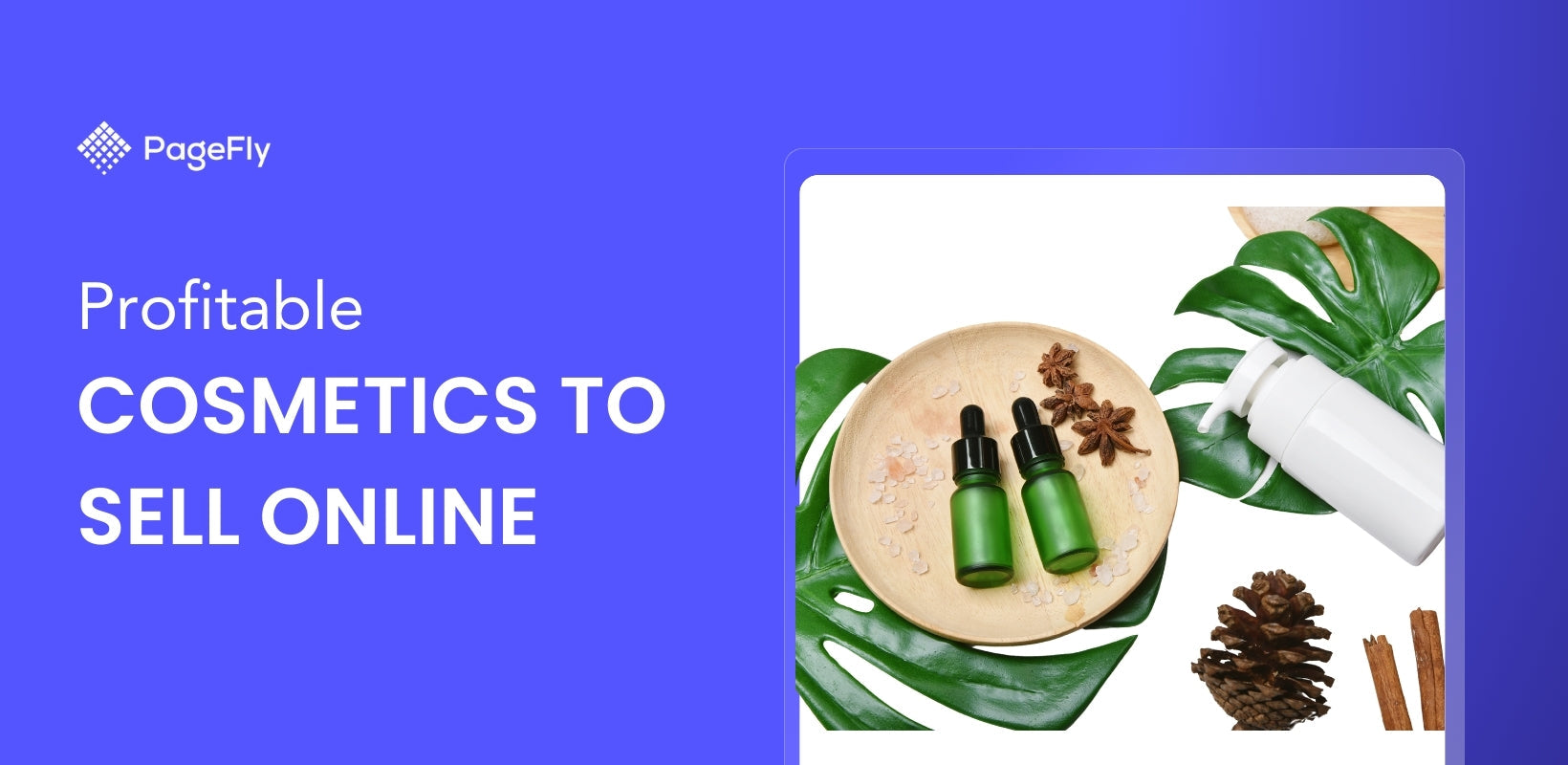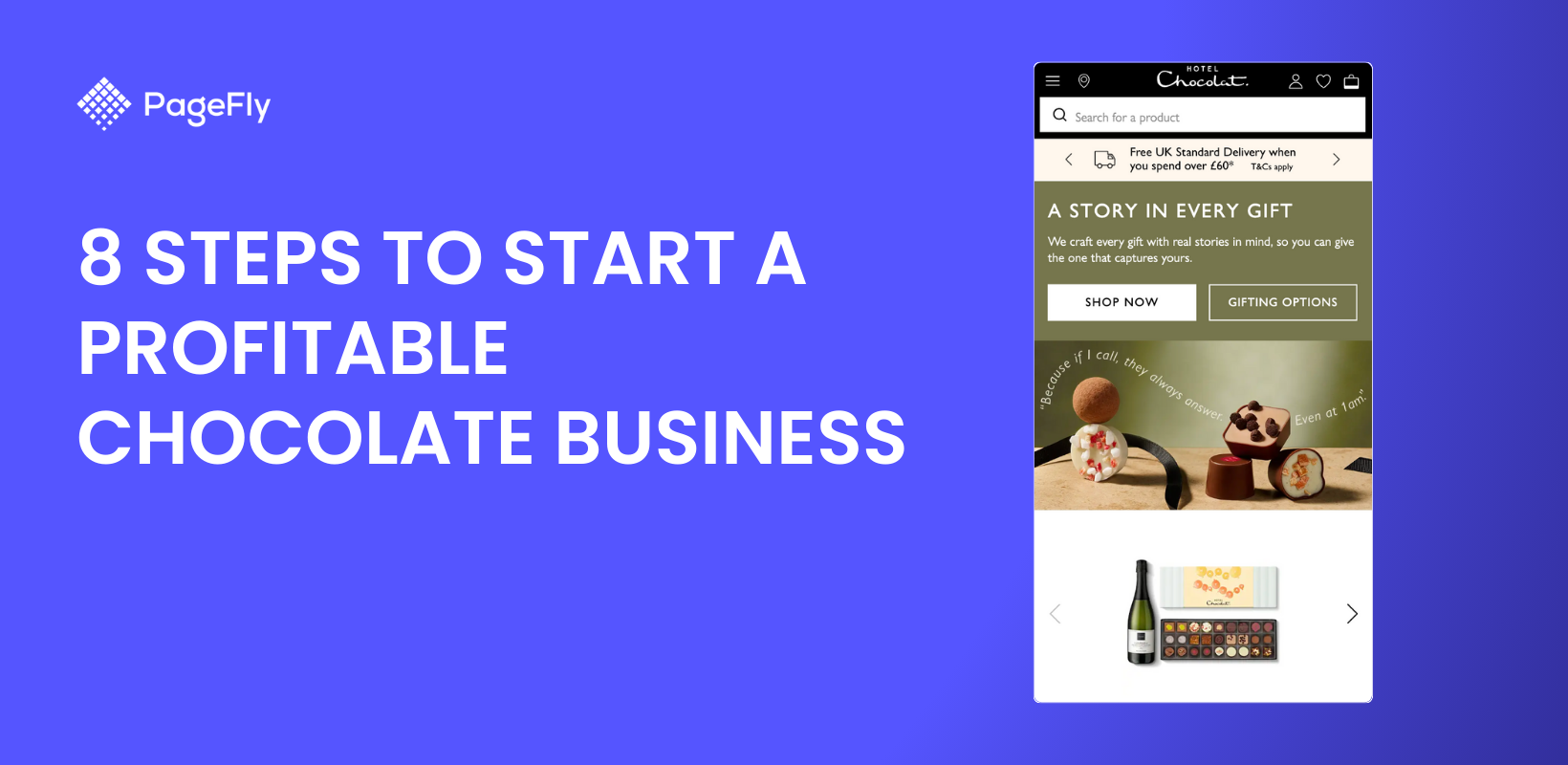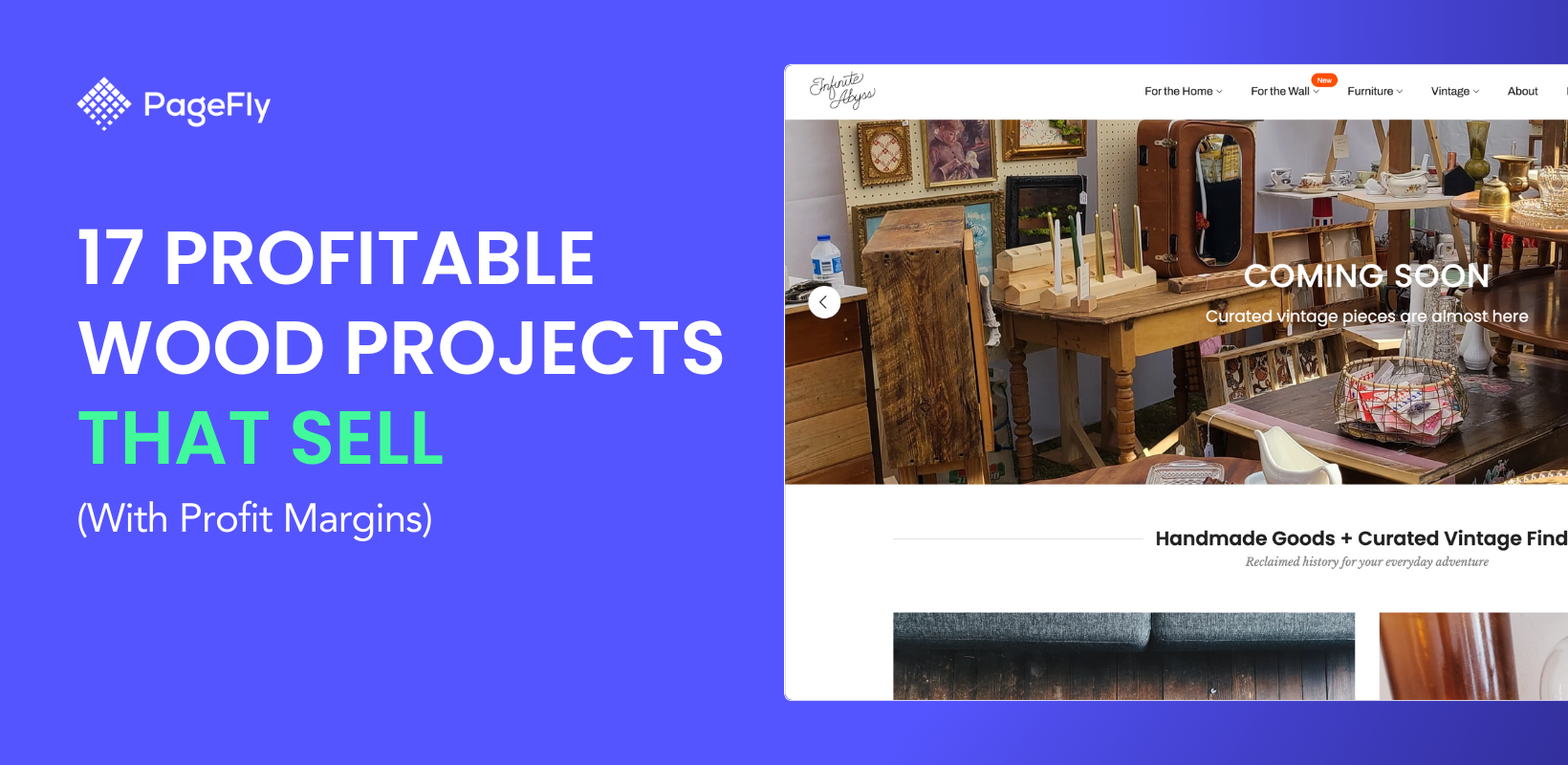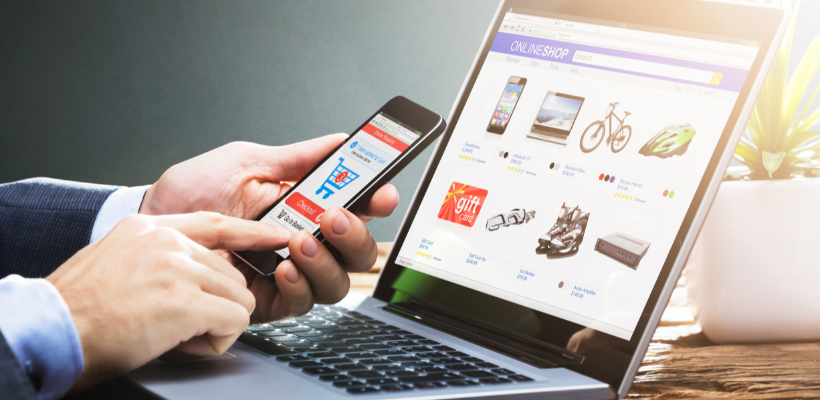Do you think this is the right time to start a scrub business?
Due to the impact of the Covid-19 pandemic in recent years, the importance of ensuring safety and hygiene in healthcare has fueled the growth of the scrub business market globally.
The rapid spread of infections has spurred the need for scrub products to protect medical professionals from contaminants and bodily fluids, especially during the treatment of illnesses in hospitals and medical facilities. Therefore, starting a scrub business could be a great idea for you.
If you are still wondering whether the scrub business is right for you, or how to start a scrub business quickly, effectively, and earn a high income, this article will help you orient yourself.
Should You Start a Scrub Business?
Pros & Cons
There are several typical benefits and drawbacks to consider before deciding whether to start a medical scrubs business.
Pros
- High customer retention rates: Customers have to spend a lot of time experiencing your product. If your products provide a good experience, they will become indispensable for customers.
- High-income potential: Most customers place orders in bulkfor all the medical staff in their clinic/hospital.
- Scalable: There are several different business models and pricing tiers that will allow you to reach all types of customers.
Cons
- Longer sales process: Customers spend a long time experiencing the product before deciding whether to continue to place the next order of your business.
- Saturated market: The market for scrub businesses is highly competitive.
Medical scrub trends
Industry Growth
In recent years, the demand for medical scrubs has skyrocketed across all regions, especially due to the impact of the Covid-19 pandemic. According to statistical data in 2020, the scrub business market increased significantly with a growth rate of 36.1%. In addition, it is expected to increase from $94.29 billion in 2021 to $140.64 billion in 2028.

Source: Fortune Business Insights
Trends and Challenges
Trends in the scrub business include:
- The accelerated spread of infections prompted a heightened for medical scrubs due to the large numbers of patients going to clinics or hospitals.
- Medical establishments and personnel always need to replace the scrub product after a period of use, giving the medical scrub industry a steady market.
Challenges in the scrub business include:
- Regulations on scrubs increase manufacturing costs, and a new business may face challenges with its initial profit margin.
Target Market

Source: Burst by Shopify
Scrub businesses can operate in a variety of markets, from individuals to large businesses. Therefore, identifying your business’s niche can help you determine which market is suitable.
- Retailers: Their customers are typically physicians, nurses, surgeons, and other medical and healthcare staff. Not only retail through the storefront, but they can also sell in online stores or traveling booths at conventions and markets.
- Wholesalers: If you avoid manufacturing, you can target local stores and sell your line in smaller batches.
- Business contracts: Contracting with these types of businesses can be lucrative and offer stable business because they often need scrubs for their employees.
How much does it cost to start a medical scrubs business?
Starting a scrub business can cost from $7,500 to $67,000. The price includes legal fees, liability insurance, licenses, and permits, trademarking, and other expenses.

How profitable is a medical scrubs business?
Custom scrubs sell for a higher-than-average price because the items are specially manufactured and designed, depending on the type and color of the materials used. Popular stores sell tops and pants from $5 to $50 each, while high-end scrubs tend to sell for $40 – $50. Use Shopify’s free profit margin calculator to help you set the best price on your scrubs and ensure you’re not running at a loss.
What do people want in medical scrubs?

Source: Burst by Shopify
Medical scrubs have evolved from the plain white or green scrubs of the 1950s. In this period, they were customized with various colors, patterns, designs, and details. For example, some people want to have their name embroidered on a jacket, while others want to sew their name on the pocket. These options depend on the requirements of each medical facility or hospital.
In some hospitals, there are rules as to what is acceptable, and what’s not. Some departments are color-coded, while others have the freedom and flexibility to choose what they can wear.
Is Starting a Scrub Business Profitable? Industry Analysis
The medical scrubs industry represents a lucrative opportunity for entrepreneurs, with the U.S. medical uniform market valued at $11.8 billion in 2024 and projected to reach $15.3 billion by 2029, growing at a CAGR of 5.3%. Healthcare employment continues expanding, with the Bureau of Labor Statistics projecting 2.6 million new healthcare jobs by 2031, directly increasing uniform demand.
Profit Margins and Revenue Potential
Medical scrub businesses typically achieve:
- Gross profit margins: 45-60% on direct-to-consumer sales
- Net profit margins: 15-25% after operational expenses
- B2B contract margins: 20-35% on bulk orders to healthcare facilities
- Average order values: $75-150 for individual customers, $2,000-10,000 for institutional orders
A small scrub business can generate $100,000-250,000 in first-year revenue with proper B2B partnerships. Established businesses serving 5-10 healthcare facilities often reach $500,000-1 million annually within 3-5 years.
Key Market Drivers
The healthcare apparel market benefits from:
- Mandatory uniform requirements in 95% of healthcare facilities
- High replacement rates (healthcare workers purchase 4-6 sets annually)
- Growing emphasis on antimicrobial and fluid-resistant fabrics
- Increased customization demand for facility branding
- Rise in specialty clinics, urgent care centers, and home healthcare services
8 Steps to Start a Scrub Business
1. Write your Business Plan

Source: Burst by Shopify
Business planning is a very important step because you can identify the potential risks and opportunities in your business. You should analyze every aspect of your business including competition, finances, sales, marketing, external environment, and unique selling points. Although the scrub business plan is detailed, they are not set in stone. Therefore, flexible documents are revisited regularly.
2. Create a Brand Identity

Source: Burst by Shopify
Creating a brand identity is not an easy step because you need to consider many factors from the logo design to the color scheme. Try these suggestions:
- Define your scrub business's purpose and values.
- Choose a color scheme that reflects the personality of your business.
- Develop a unique logo that represents your scrubs brand.
- Create consistent branding across all channels.
If you still have no idea, let Shopify’s Free Logo Maker help you create a brand identity for your business easily.

3. Name your Medical Scrubs Business
Choose a name that is easy to remember and spell. If you have a fixed location for your business, try using the name of that town or state as part of your scrub business’s name.
Here are some tips to help you choose the medical scrubs business name:
- Keep it simple and easy to spell.
- Avoid anything offensive or suggestive.
- Choose a name that reflects the type of business you're running.
- Brainstorm with your friends, family, and colleagues.
- Make sure the domain name is available and the business name isn’t already trademarked.
4. Find Financing

Source: Burst by Shopify
There are many different ways to finance your scrub business, but you have to think through each method because each decision can have financial implications for you and your business in the long term.
Here are 5 options that you can refer to:
- Tapping into your savings.
- Raising money from friends and family.
- Sourcing investment sources from outside investors.
- Obtaining a bank loan.
- Getting money from a hard money lender.
Banks are typically going to want the borrower to have good credit and be able to invest 15-25% of their money towards the total start-up costs.
5. Structure the Enterprise
Form a Business Entity
What’s your business structure? There are four different types of entities you can choose from, each one has its advantages and disadvantages.
It's important to consider what kind of liability exposure you want and what your goals are for the business. If you’ve just started out and only sold to your acquaintances such as family and friends, a sole proprietorship may be enough. On the other hand, when you've looked for more protection or to grow the business, a corporate organization or LLC may be a better choice.
Select your Location

Source: Burst by Shopify
When choosing a location for your business, you will need to consider factors such as whether you want to do physical retail, location, sell online, or sell directly to clinics, hospitals, doctor’s offices, or a combination of all. If you choose to sell online, you can refer to opening a store through a platform like Shopify or BigCommerce. But if you decide to sell directly, the ideal location is near medical centers or hospitals. Another essential factor to consider when picking a location is the cost of doing business. Be sure to calculate all of the costs to operate this location.
Set up Your Accounting and Taxes System

Source: Burst by Shopify
One of the most important things to have for a new scrub business is setting up a proper accounting system. This will help you track your expenses, revenue, receipts, taxes owed, and much more. Besides, you should update your taxes regularly to avoid legal problems, monitor trends as well as cash flow in the business, and maximize profits.
Open a Business Bank Account
Opening a business bank account is intended to help you keep track of your business's income and expenses. You can look at account types like Checking accounts, Savings Accounts, or Business Card Cards. No matter what type of business bank account you choose, be sure to consult and compare features and fees before making your decision.
Apply for Business Licenses and Permits
Each city and locality has different licensing requirements for businesses. Some common permits include a local business license, sales tax permit, Employer Identification Number (EIN), etc. However, you should contact your local business licensing office or chamber of commerce for information on required permits in your area.
Get Business Insurance
Each medical scrubs business will have different insurance costs depending on factors such as the location of the business, the value of the equipment covered, and the number of employees on staff. Insurance can protect you from unanticipated occurrences that can threaten your company.
6. Purchase Equipment, Software, Supplies & Tools Needed

Source: Burst by Shopify
Understanding Healthcare Textile Standards
Medical scrubs must meet specific requirements that regular apparel doesn't:
Fabric Requirements for Medical Scrubs:
Standard Fabric Options:
- 65/35 Poly-Cotton Blend: Industry standard, $3-6 wholesale per piece
- Benefits: Breathable, durable, minimal shrinkage
- Drawbacks: Can retain stains without proper treatment
- 100% Polyester: Performance option, $4-7 wholesale per piece
- Benefits: Moisture-wicking, color retention, wrinkle-resistant
- Best for: High-activity environments, surgical units
- 55/45 Cotton-Poly: Comfort blend, $5-8 wholesale per piece
- Benefits: Softer feel, better for sensitive skin
- Best for: Long shifts, pediatric units
Required Fabric Properties:
- Weight: 4.5-5.5 oz per square yard
- Thread count: Minimum 130 GSM
- Tensile strength: 35 lbs (warp), 25 lbs (weft)
- Colorfastness: Grade 4-5 (won't fade with bleach)
- Shrinkage: Less than 3% after 50 washes
Advanced Fabric Technologies:
Antimicrobial Treatments ($2-4 additional per garment):
- Silver ion technology: 99.9% bacterial reduction
- Zinc oxide coating: Natural, hypoallergenic
- Copper-infused fibers: Lasts 100+ washes
Performance Features Healthcare Workers Demand:
- 4-way stretch (5-8% spandex): Essential for 12-hour shifts
- Moisture-wicking: Polyester microfiber construction
- Fluid resistance: Teflon or similar coating
- Anti-static properties: Required for OR environments
- Cooling technology: Phase-change materials for temperature regulation
Supplier Vetting Checklist
Before partnering with any manufacturer:
Required Certifications: ☑ OEKO-TEX Standard 100 (harmful substance testing) ☑ ISO 9001 (quality management) ☑ WRAP certification (ethical manufacturing) ☑ AAMI PB70 compliance (barrier performance)
Quality Testing Requirements:
- Request fabric test reports from last 6 months
- Order samples from 3 different production batches
- Test wash at 160°F with industrial detergent
- Verify color retention with chlorine bleach
- Check pilling resistance (Grade 4 minimum)
Documentation Needed:
- Material Safety Data Sheets (MSDS)
- Country of origin certificates
- Care label compliance (FTC regulations)
- California Prop 65 compliance (if selling in CA)
Customization Equipment and Services
In-House vs. Outsourced:
Embroidery (Most Professional):
- Equipment cost: $15,000-25,000 for commercial machine
- Outsource cost: $4-8 per logo
- Best for: Facility logos, name/credentials
Heat Transfer Vinyl:
- Equipment cost: $2,000-4,000 for press and cutter
- Per-piece cost: $2-4
- Best for: Small batches, rush orders
Screen Printing:
- Equipment cost: $3,000-5,000 for basic setup
- Per-piece cost: $1-3 (minimum 50 pieces)
- Best for: Large orders, simple designs
Direct-to-Garment (DTG):
- Equipment cost: $20,000-30,000
- Per-piece cost: $5-10
- Best for: Full-color designs, photo-realistic prints
7. Launch your Business

Source: Burst by Shopify
This is your time to launch your business and attract customers. Make sure that you have fully prepared payment methods that are most convenient for consumers, not only who buy directly but also order products on e-commerce sites.
8. Get your Marketing Plan

Source: Burst by Shopify
B2B Sales to Healthcare Organizations
Healthcare facilities purchase 70% of all medical scrubs sold. Here's your roadmap to institutional sales success:
Identifying Your B2B Targets:
Tier 1 - Easy Entry (Approach First):
- Private practice medical offices (5-20 employees)
- Dental offices and orthodontic practices
- Urgent care centers
- Physical therapy clinics
- Veterinary hospitals
Tier 2 - Medium Complexity:
- Nursing schools and medical training programs
- Surgery centers
- Specialty clinics (dermatology, pediatrics)
- Home healthcare agencies
Tier 3 - Complex Sales:
- Hospital systems
- Large medical groups (50+ providers)
- Government healthcare facilities
B2B Outreach Strategy:
- Build Your Sales Materials:
- Professional line sheet with wholesale pricing tiers
- Digital lookbook showcasing customization options
- Case studies from existing healthcare clients
- Samples kit with your top 5 styles and colors
- Find the Right Contact:
- LinkedIn Sales Navigator to identify purchasing managers
- Call directly and ask for "Procurement" or "Purchasing Department"
- Email template: "Subject: Medical Scrubs Partner - 25% Bulk Discount + Free Samples"
- Your Winning Pitch:
- Lead with value: "We help reduce your uniform costs by 25% while improving staff satisfaction"
- Offer exclusive facility pricing
- Guarantee 2-week delivery on reorders
- Include free logo digitization ($75 value)
- Closing the Deal:
- Start with a trial order (20% off first purchase)
- Provide net payment terms (Net 30 for established facilities)
- Set up automated reordering system
- Assign dedicated account manager for 10+ employee accounts
Retention Strategy for B2B Clients:
- Quarterly check-ins with fresh styles
- Annual price lock guarantees
- Priority access to new colors/styles
- Employee appreciation discounts (10% off personal orders)
Digital Marketing for Direct-to-Consumer
While building B2B relationships, maintain strong online presence:
SEO Strategy:
- Target long-tail keywords: "antimicrobial scrubs for pediatric nurses"
- Create condition-specific content: "Best scrubs for 12-hour shifts"
- Build location pages: "[City] medical uniform store"
Social Media Tactics:
- Partner with nursing influencers (5,000-50,000 followers)
- Share "Day in the Life" content featuring your scrubs
- Run contests during Nurses Week and Healthcare Worker Appreciation Month
- Create TikTok tutorials: "5 ways to style your medical scrubs"
Email Marketing:
- Student discount program (20% off with .edu email)
- Abandoned cart recovery (15% discount after 24 hours)
- New graduate campaigns (starter pack bundles)
- Facility group buying opportunities
Paid Advertising ROI:
- Google Ads: Target "medical scrubs near me" ($2-4 CPC)
- Facebook: Lookalike audiences from customer emails
- Instagram: Partner with medical meme accounts
- LinkedIn: Target healthcare facility administrators
Example of Successful Scrub Business Stories
FIGS

FIGS is an American clothing company based in Santa Monica, California. The company sells scrubs and other products for healthcare professionals. It was founded in 2013 by Heather Hasson and Trina Spear, who are co-CEOs.
FIGS sells scrubs, other medical uniforms, and associated products, including scrub tops, scrub pants, under scrubs, lab coats, activewear, and loungewear. The scrubs are made with a proprietary material that is antimicrobial for odor resistance with four-way stretch and pockets.
All sales are online, via the company's website. FIGS predicted revenue of over $250 million in 2020, mostly through the sale of its upgraded scrubs. The company's warehouse is in the City of Industry, California.
Scrubs Unlimited

Scrubs Unlimited is a store that specializes in providing medical scrub uniforms in bulk. In addition, they also sell lab coats, shoes, and other medical accessories. Scrubs Unlimited has operated since 2000 in the heart of Westwood, CA.
Not just a business providing scrubs, Scrubs Unlimited also has its own Youtube channel to update knowledge and trends about this market. You can visit their Youtube Channel here.
Currently, this is one of the leading businesses in the medical scrubs business trend.
Conclusion
Medical scrubs remain one of the potential and stable markets because medical facilities and hospitals will constantly need to provide new exfoliating products. This is also the right choice for those who have a passion for design and business.
If you want to reach more customers from everywhere, try opening an online store and having your own website. Without extensive resources or coding knowledge, you can start your scrub business on Shopify.
Now, it’s time to start a scrub business of your own!
How To Start A Scrub Business FAQ
Starting a scrub business requires $5,000-$15,000 in initial investment. Essential startup costs include:
- Initial inventory: $2,000-5,000 (50-200 pieces)
- Business licensing and permits: $200-500
- Website and e-commerce platform: $300-1,000
- Embroidery machine or outsourcing setup: $1,500-3,000
- Marketing and branding: $500-1,500
- Business insurance: $500-1,200 annually
You can start smaller with $2,000-3,000 by dropshipping or print-on-demand, though profit margins decrease from 45% to 15-20%.
Medical scrubs require:
- General business license from your city/county ($50-400)
- Seller's permit or resale certificate for collecting sales tax
- EIN (Employer Identification Number) from the IRS (free)
- State business registration or LLC formation ($50-500)
- Product liability insurance ($500-2,000 annually)
FDA registration is NOT required for non-surgical scrubs. However, if marketing antimicrobial or fluid-resistant properties, ensure suppliers provide certification documentation.
Reliable wholesale suppliers include:
- Cherokee Uniforms: Minimum orders of $500, 40% wholesale discount
- WonderWink: No minimums, 35-50% off retail for resellers
- Alibaba verified suppliers: $3-8 per piece with 100+ MOQ
- Local textile manufacturers: Often provide custom fabrics and lower minimums
When evaluating suppliers, request fabric samples, verify GSM (grams per square meter) ratings, and confirm they meet AAMI PB70 standards for healthcare textiles.
B2B sales to healthcare facilities require:
- Prepare professional materials: Create a wholesale catalog with volume pricing
- Contact decision makers: Reach purchasing managers, not general inquiries
- Offer samples: Provide 5-10 sample sets for staff testing
- Emphasize value: Highlight bulk discounts, customization, and quick turnaround
- Secure contracts: Negotiate 6-12 month agreements with guaranteed minimums
Most facilities order quarterly, with average contracts worth $5,000-25,000 annually per location.
Medical scrubs require specific features:
- Fabric composition: 65/35 polyester-cotton blend or 100% polyester for durability
- Weight: 4.5-5.5 oz/sq yard for comfort and longevity
- Treatment: Antimicrobial finishes and fluid-resistant coatings
- Design: Reinforced stress points, multiple pockets, and vented sides
- Care requirements: Withstand industrial laundering at 160°F+
- Color fastness: Maintain color through chlorine bleach exposure
While competitive, the medical scrubs market offers opportunities through:
- Specialization in underserved niches (pediatric, veterinary, dental)
- Size-inclusive offerings (XXS-5XL, maternity, tall/petite)
- Eco-friendly and sustainable fabric options
- Custom embroidery and personalization services
- Quick turnaround for emergency orders
- Specialized fabrics (cooling technology, antimicrobial, fluid-resistant)
Success comes from differentiation, not competing on price alone.
Retry



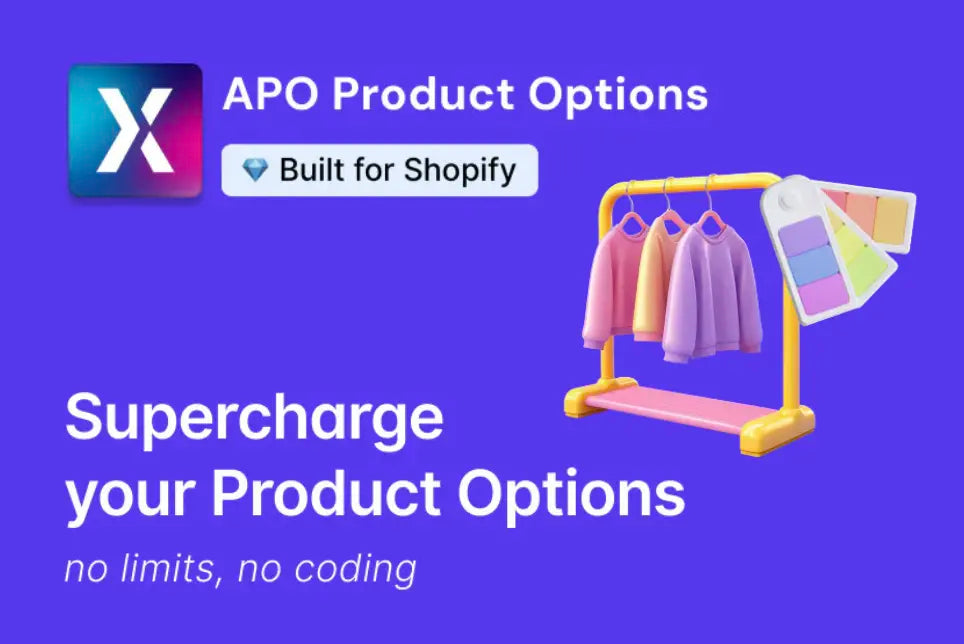
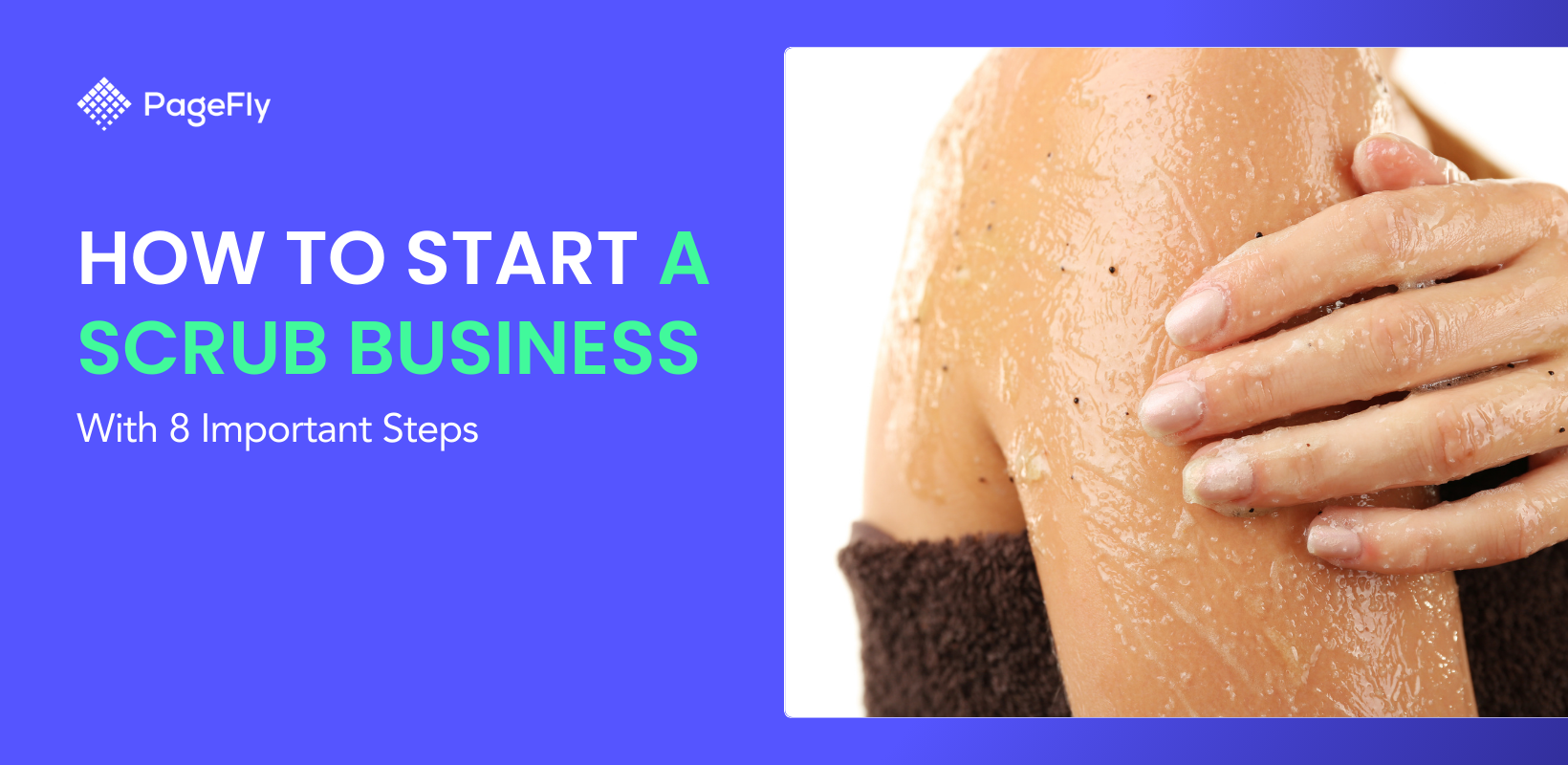
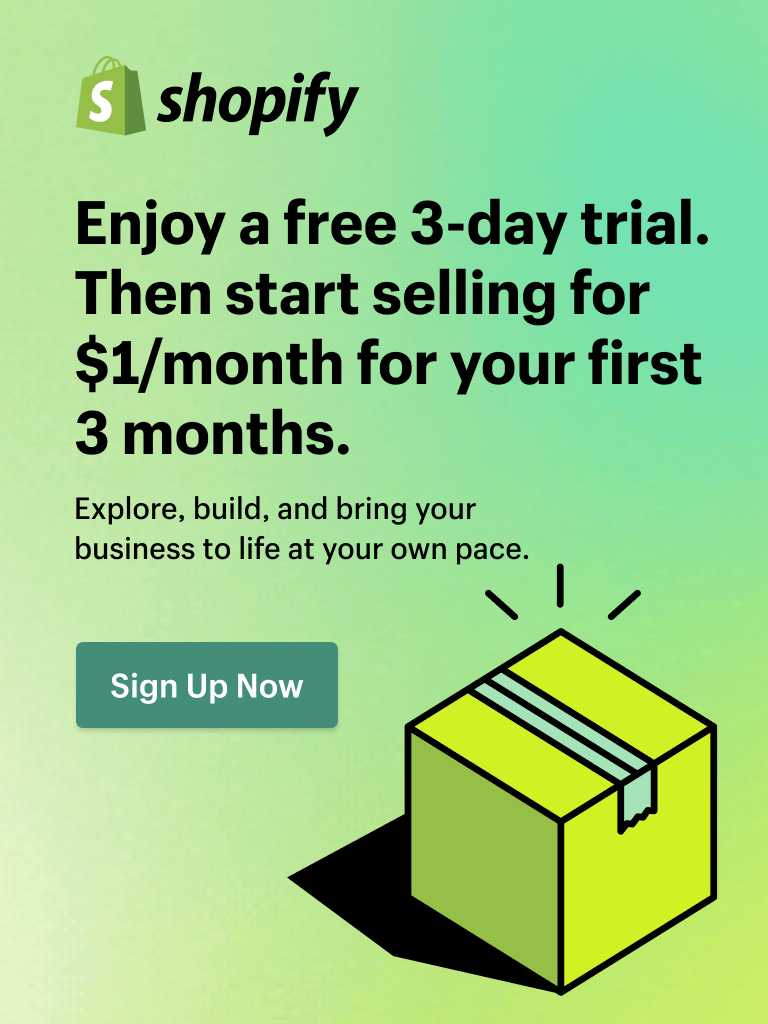

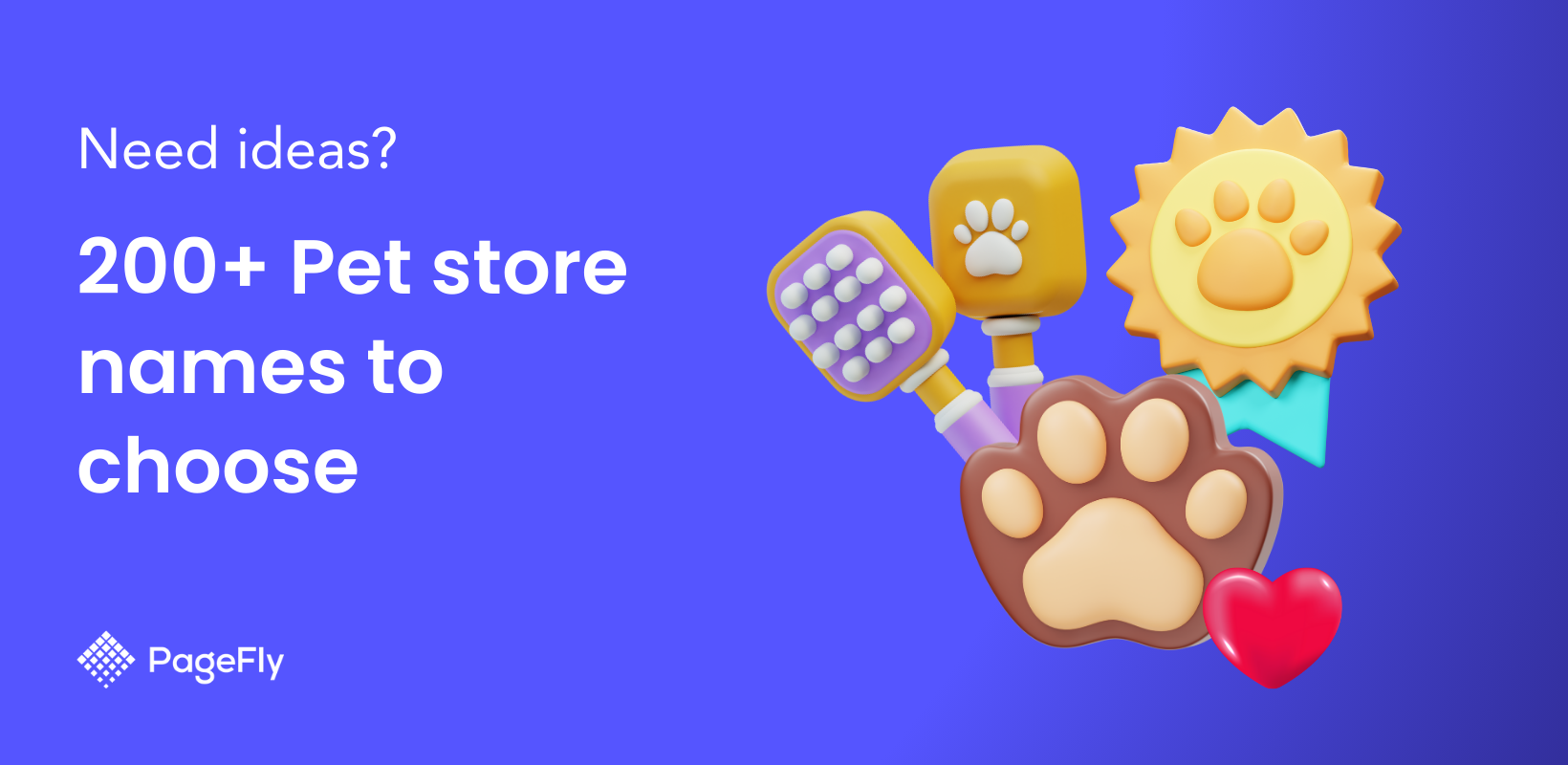
![14 Profitable Small Food Business Ideas for 2025 [Real Numbers]](http://pagefly.io/cdn/shop/articles/1_58b587d2-13db-4aa6-8c19-e40f5c88d3eb.jpg?v=1758255771&width=4460)
![Art Business Names: 350+ Ideas + Free Generator [2025 Updated]](http://pagefly.io/cdn/shop/articles/art_business_name_e94a54e9-d325-4ba3-94ab-7b4297952312.png?v=1760062968&width=1640)
